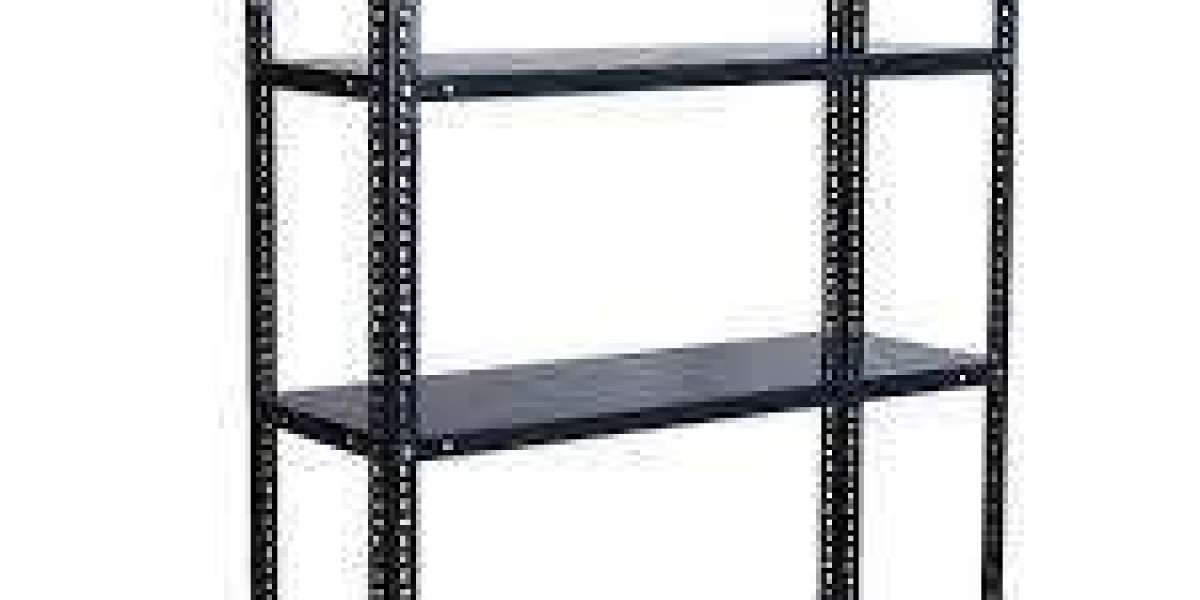Audio visual (AV) technology has become an integral part of our lives whether at home, work or in public spaces. With advancements in technology, AV systems have become more user friendly, affordable and help enhance the ambience, experience and functionality of different types of spaces. In this blog, we will explore some common AV solutions for different spaces such as homes, offices, conference rooms, classrooms, auditoriums, hotels, restaurants etc. We will discuss the typical AV needs of these spaces and some equipment options available to fulfill those needs.
Home AV Solutions
In today’s times, home theaters have become very popular with more and more people setting up dedicated home cinema rooms. Some key factors to consider for home AV setups are:
Speakers - For a dedicated home theater, 5.1 or 7.1 surround sound speakers help provide an immersive cinema-like experience. Wall mounted speakers or in-ceiling speakers hide the wires neatly. For larger living rooms, soundbars or soundbases under/around the TV provide excellent audio quality without clutter.
Display - Big screen LED or OLED TVs ranging from 50 to 75 inches are ideal for living rooms. Projectors are best suited for dedicated home theaters where you can get screen sizes 100 inches or larger.
A/V Receiver - Acts as the brain controlling audio and video components. It supports multiple inputs, surround sound formats and amplification for speakers. Mid to high-end receivers have 4K, HDR support.
Media Streaming - Devices like Apple TV, Fire TV, Chromecast enable streaming content from apps and online platforms over WiFi onto the TV.
Some people also add smart home automation to control lights, curtains, sensors with voice commands through a central system. Home AV brings family entertainment to the next level.
Office AV Solutions
Many offices today require effective communication tools to stay connected within teams and with clients. Common office AV setups include:
Conference Room Solutions - Large display screens (LED, LCD or projector), speakers, video conferencing cameras, microphones enable meetings virtually anywhere. Wireless presentation gateways let anyone share content from their device onto the display.
Huddle Spaces - Small huddle rooms need simple, affordable solutions for informal catchups. All-in-one conference cameras with speakers, touch displays or portable wireless speakerphones are suitable.
Desktop/Personal Audio - Headphones, earbuds, speakerphones make workers independently productive while minimizing disturbance. USB speakers additionally enhance computer audio quality.
Digital Signage - Displays around common areas broadcast important company updates, cafeteria menus, office maps etc. Centrally managed digital signage systems keep content organized.
With hybrid work models rising, AV plays a big role in keeping teams connected whether in or out of office. The right solutions promote collaboration seamlessly.
Classroom and Lecture Hall AV
Education relies heavily on multimedia for engaging lessons, demonstrations and presentations effectively in classroom environments:
Projectors - Short/long throw projectors mounted at the front project computer screens and streaming content onto large writable screens or walls.
Speakers - Speakers installed in ceilings or on walls help avoid noise distractions while the teacher lectures or plays audio/video lessons.
Video Conferencing - Integrating cameras and microphones in larger lecture halls enables remote teaching when required. Touch panels allow interaction.
Student Response Systems - Apps linked to student devices let them answer teacher polls and quizzes interactively to gauge understanding in real-time.
Displays - Mounted displays or smart interactive whiteboards double up as a second screen for the teacher and for students to annotate on.
Proper classroom AV setup boosts the learning process through visual and auditory aids that keep students focused and engaged with lessons.
Auditorium and Theater AV
To immerse audiences fully in theatrical, musical or cinematic experiences, auditoriums demand advanced AV installations:
Projectors - High lumen 3D capable laser/LCD projectors handle huge screen sizes of 30+ feet for depths up to 300+ seats.
Speakers - Powerful auditorium speakers - line arrays, subwoofers provide immersive surround sound for clear speech and effects throughout the space. Wall and ceiling speakers integrated appropriately based on auditorium dimensions.
Mixing Consoles - Professional digital mixing consoles help control and fine-tune multiple audio signals from mics, instruments, playback sources to speakers.
Stage Lighting - Integrated lighting controls coordinate stage and scene lighting perfectly in sync with audio/video for dramatic effects.
Large Format Displays - For auditorium lobbies, directional displays inform audiences and run slideshows. Touch kiosks provide venue maps, menus etc.
Top-notch AV installations transport audiences right into the experience as if they are right on the stage or screen.
Hotel Meeting Room AV
Hotels require flexible, scalable and portable AV equipment across different sized meeting spaces to host diverse events:
Displays - Meeting rooms suit various sized LCD, LED screens on adjustable mounts or portable rolling AV carts for versatility.
Audio - Soundbars, portable speaker systems couple with displays. In-ceiling speakers support mid-sized rooms. Larger rooms go for installed speakers.
Video Conferencing - Integrated or portable camera/mic/speaker conference phones connect globally from any meeting room.
Presentation - Wireless presenters, HDMI cables enable easy content sharing from laptops. Control via touch panels/remotes.
Digital Signage - Common area displays showcase room schedules, menus, notice boards. In-room displays double as info screens.
Mobile whiteboards encourage brainstorming. Lighting, blackout controls help customize ambience. Hotels provide optimal technology for successful on-site business functions.
Restaurant AV
For a customer-centric dining experience, restaurants implement AV in innovative ways:
Back of House - LED displays in kitchens share orders live. Headphone audio cues chefs. Pre-recorded holding messages entertain callers.
Customer Experience - Ambient signage engages customers. Welcome screens inform promos. Interactive kiosks facilitate order placement remotely.
Dining Area - Background music sets ambience without disturbing conversations. Zoned audio controls volumes spatially.
Immersive Dining - Themed restaurants transport customers to new worlds through decor, effects, orchestral storytelling on full-motion video walls.
Drive Thru - Clear intercoms, multifunction displays take orders error-free. Headsets communicate smoothly across teams outdoors.
Customer-facing technologies vastly enhance operations, service quality and have proven increasing bills substantially in well-executed installations.
Healthcare Facility AV
AV plays a crucial role across clinics, hospitals in applications like telemedicine, training, patient/staff communication and administration:
Telemedicine - Suitable exam room equipment connect patients remotely to specialists worldwide for convenient virtual consults.
Training - Simulation centers leverage advanced display walls, integrated audio systems for realistic role-plays, surgical trainings.
Patient Experience - Digital signage, wayfinding kiosks guide navigation smoothly. In-room entertainment boosts well-being.
Administration - Command center solutions oversee building operations holistically on networked video walls.
Staff Collaboration - Cafe area media enhances employee interactions. Mobile units facilitate rounds, multi-disciplinary case discussions.
Sensitive acoustics ensure privacy. Compliant security protects sensitive operations and personal health information seamlessly across facilities.
Conclusion
In summary, audio visual systems have become indispensable in contemporary interior design for their ability to enhance the functionality, communication and experience within various premises ranging from homes, workplaces, education institutes, entertainment venues and public facilities. Proper assessment of specific needs and space constraints guides selection of the right AV equipment portfolio for seamless operations, collaboration and engagement. With continuous technological progress, we can expect even more innovative solutions shaping the built environments around us in the times ahead.
Learn More:- https://avspectrumsolutions.mystrikingly.com/blog/home-theater-vs-conference-room-setup







